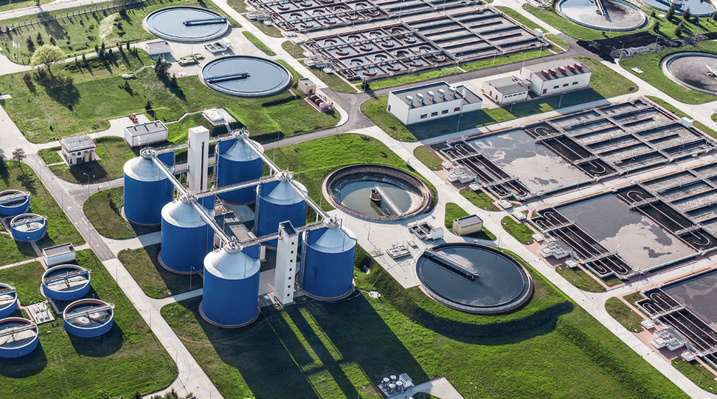Tips for Maintaining Chemical Feed System
If you’re not in the business of clean water, there is a lot for you to learn especially about Maintaining Chemical Feed System. It takes a lot of specialized equipment and a lot of dedicated professionals to keep your drinking water safe.
In this article, we’re first going to take a look at the process of treating H20 for public consumption. We’ll walk you through the process and give you some terms you’ll need to know.
Once you have an understanding of the industrial process required in order to remove contaminants, we’ll take a closer look at the chemical feed system – what it does and how to keep it in good working order.
Let’s get started!
The Four Keys to Water Treatment
& Maintaining Chemical Feed System
Coagulation
The first step in water treatment is called coagulation. In this stage, positively charged chemicals are added to the H20. These chemicals are often common materials like salt, iron, or aluminum. This reacts on an electrical level with the negatively charged contaminants in the H20, such as dirt.
Because one is a positive and one is a negative, they bond together. Think of it like magnets, where opposites attract. These create larger particles.
You may have heard this term before. When our blood coagulates, it thickens. For example, blood coagulates if a person is bitten by a venomous snake. Just like the blood, the particles are thickened through their bonding.
Flocculation
The second step is called flocculation. This is the process of gently mixing the coagulated H20 and adding additional chemicals when needed to form larger and heavier particles. These new particles are called flocs. Don’t confuse it with a flock, which is the name for a group of sheep.
Sedimentation
The third step is called sedimentation. If you recognize the root word sediment and wonder if it has something to do with dirt, you’re right! This is the part of the process that removes sediment, or dirt and other contaminants, from the H20. Flocs (not flocks!) settle to the bottomdue to their weight.
Filtration
Finally, our H20 is ready for the last step in the treatment process. This step is called filtration.
You may already be familiar with this step; many people have filters at home. Some attach to a faucet or an outdoor hose. Others are set on the top of a pitcher. The water filters through it and leaves you with a clean, good-smelling final product.
But did you know that if your water comes from a municipal source, it has probably already been filtered once before?
The industrial filter works in a similar way to the ones you may have at home, only on a larger scale. Water passes through different filters. Each of these filters have different pore sizes. That means that the small holes in the filter have a range of different sizes, each one restricting the passage of different contaminants.
The goal of filtration is to remove anything harmful. This can include chemicals, parasites, dust, viruses, and bacteria. Many filters also remove bad odors, as well.
Ultrafiltration occurs when the pores of the filters used in filtration are so small that only H20 and other small molecules can pass through.
Now the water is safe to drink. But not every plant is done at this point. Click this link: https://en.wikipedia.org/wiki/Water_treatment to find out more about the process of treating water.
More Information
Sometimes they go one step further and disinfect the H20. This can be done in a few different ways. One of these is to use ultraviolet light, or UV, to kill bacteria and other contaminants.
Another is to use chemicals to further disinfect the water. This is unique to industrial processing. This is done not only to clean the water but also to help ensure that any germs residing in pipes are killed, as well. The chemicals most commonly used are chlorine, chloramine, and chlorine dioxide.
Yes, the very same chemical you use to keep your pool clean and clear may be what is keeping your drinking water safe.
The CDC helps regulate this process. Click here for more information about this process.
As you might have gathered from the article above, it’s very important for a chemical feed system to function properly. If it doesn’t, it could impact the health of an entire community. That is because it is integral to the water treatment process.
A chemical feed system is primarily responsible for ensuring that chemicals are added to the water at a consistent rate. Without it, it would be impossible to form flocs and subsequently filter them out of the water.
To keep your chemical feed system in good working order, you should start with a quality feed system. Follow all manufacturers’ directions about proper maintenance. Make sure to call on a qualified service person to attend to any and all repairs. Some companies even offer routine maintenance packages.




